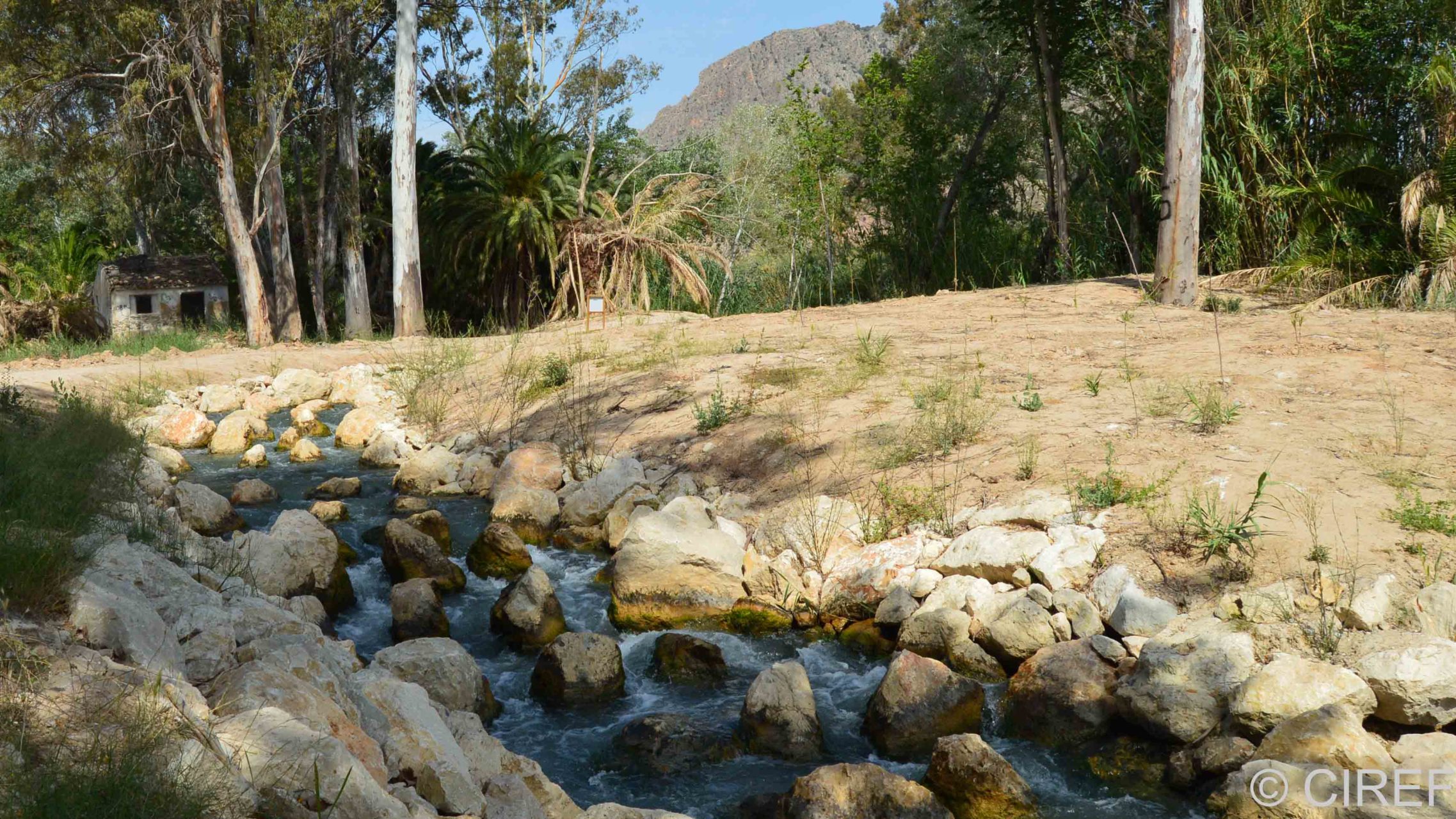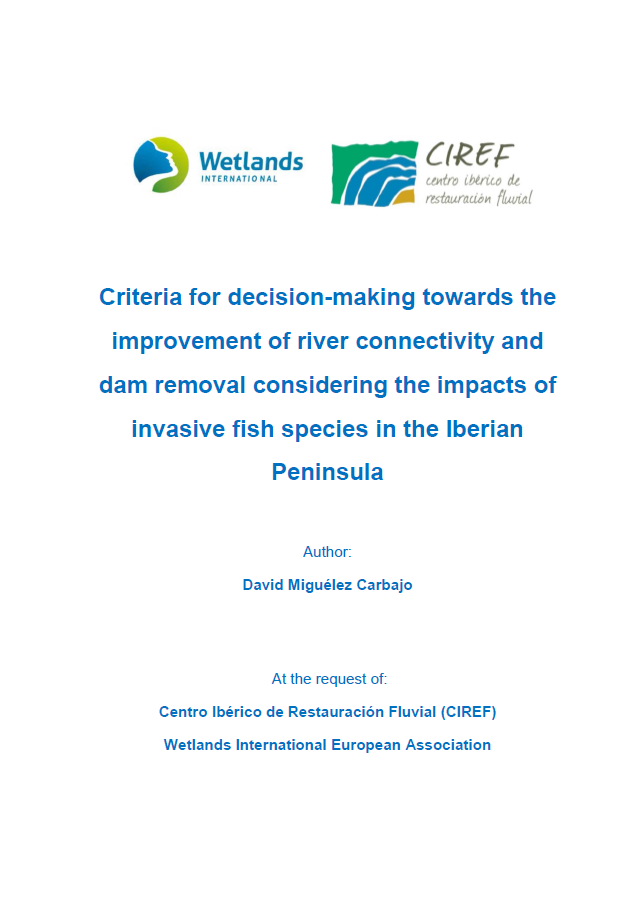
Criteria for decision-making towards the improvement of river connectivity and dam removal considering the impacts of invasive fish species in the Iberian Peninsula
Ecological river restoration can contribute significantly to delivering good water quality and the conservation of freshwater species including fish populations. One of the key measures water managers must take to achieve the EU water Framework Directive objectives is the removal of man-made barriers to improve connectivity of rivers along their length. Restored connectivity enables upstream and downstream fish migration but could concurrently facilitate the dispersion of alien fish species in a catchment. These species can pose a threat to vulnerable endemic fish populations hindering the achievement of the objectives for freshwater species under the EU Habitats Directive.
Therefore, both the Water Framework Directive and the Habitats Directive prioritize the reestablishment of the longitudinal continuity of rivers, although the latter also tries to prevent the actions that entail the introduction and expansion of invasive alien species.
To remove or not to remove
Although the action of removing, maintaining or improving the connectivity of a dam or weir may appear to be a specific or isolated action, it is very important to maintain a global vision of the whole basin. From the perspective of the fish community, and with knowledge of all the communities of living beings and the hydraulic conditions, different factors influence the decision whether or not to restore a river section affected by a barrier.
The choice of the most appropriate alternative between improving the connectivity of an obstacle or removing it should not only include the most appropriate engineering solution, but also an evaluation of its ecological implications. When invasive alien species are present, the most appropriate alternative may be to refrain from acting on the obstacle, or to act partially due to the negative consequences on the native ichthyofauna. Therefore, alternatives should be studied prior to designing the final measure for improving connectivity. In addition, developments must be monitored closely when the measure may compromise the conservation of threatened endemic species.
Facilitate decision-making
This report aims to facilitate decision-making mechanisms in actions for river connectivity restoration considering the potential expansion of invasive species. To this end, an evaluation criteria and manual of good practices has been developed to address connectivity recovery projects in Iberian rivers when invasive alien species are present. The study was commissioned by the Iberian Center for River Restoration and Wetlands International – European Association.
Header image: Fish passage in the Segura river © CIREF

